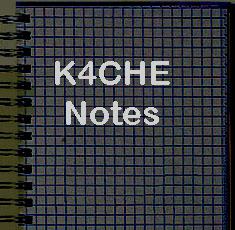 ANTENNA SWITCH
ANTENNA SWITCH An Antenna Switch project utilizing Fair Radio's $5.95 Ceramic Switch and a common electrical utility box for a housing. Total project time 2 hours.
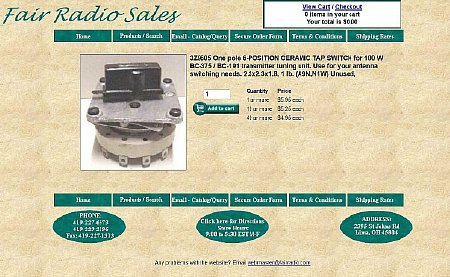
Click
to Enlarge.
Fair Radio has been selling these ceramic
switches for years.I have purchased several and have utilized them for
RF switches for equipment and antennas. The switch evidently was a replacement
part for the BC-375 tuning unit. The price of $5.95 includes the deluxe
knob. Buy 10 switches and get a reduced price.
Take the switch and a two dollar electrical utility box with knock outs and you have a 2 hour hour antenna switch project. Tools needed are a soldering iron and a drill. You knock the holes out with a light tap of a screw driver. The box shown measures 4-1/2 inches each side and is 2 inches deep.
It a heck of a switch with a spring loaded detent. The way the rotary wiper is constructed with it curved edges allows the wiper to "break before make". But never HOT SWITCH your equipment with any antenna switch as it may arc over or make contact with the next position or damage the contacts. The pencil can be used for copying CW on the MRCA Sunday night CW net conducted by Ted W3PWW.
The utility boxes come in a variety of flavors. Don't forget the cover. Paint the box first. Lowes, Home Depot, Ace Hardware etc.
The $5.95 switch mounts with four machine screws you supply the screws - Fair Radio supplies the rugged knob with the switch.
The utility box has knock outs for the holes for mounting the SO-239 connectors.
Knock then carefully bend it to remove the round disk. The knock out disks used to work in the old pay phones but they don't work on the newer phones that is if you can find a pay phone.
The knock out hole is slightly larger than the base of the SO-239 but careful centering will work and allow enough metal for drilling and mounting the connector. I was lazy on some units and only used two screws to mount the SO-239. Close enough for government work.
I prefer to use RG-58 for the wiring and soldered the shields to a piece of copper which serves as a ground BUSS and prevents a possible impedance "bump". This would be considered a very good technique for construction of a switch for VHF frequencies but for HF you could just solder all the shields together or just eliminate the RG-58 and just use a single insulated conductor for each switch position.
Single conductor can be used for HF - use #12 house wire.
Insulate the wire or use insulated wire for all positions. It easier to just use RG-58.
In this VHF model I used hoods over the SO-239's but that is overkill for HF work.
RG-58 used with a soldering lug connected to the shield.
The new solder is not any good, actually none of the new stuff is any good - - - for the best solder connection on large areas enhance the bond with some rosin soldering flux. Clean the area first. When using don't inhale just sit back and enjoy the fragrance.
Don't use foam RG-58 or RG-8 as it is junk and melts easily- actually it will melt if you just stare at the foam long enough. Put a sign up in your shop "Foam Coax Is Junk".

I like to use metal stamps for stamping the numbers on a panel. Works good and lasts a long time - forever. They will find these stamps a thousand years from now along with the coat hangers and flip tops from the cans and the archaeologist's will wonder what the connection was between the three.
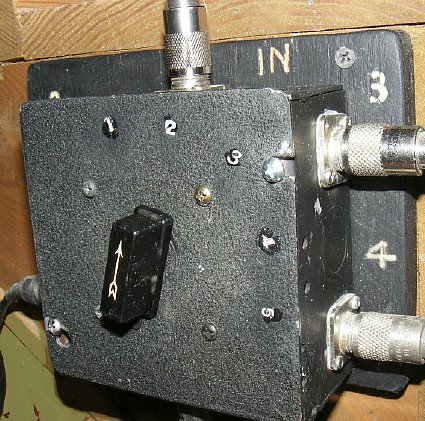
One of my first switches that has survived many years. Clear fingernail polish was applied over the numbers. Black wrinkle paint was used as I love the smell of black wrinkle in the morning.
Consider a single insulated terminal for one of your switch position for a quick wire connector for testing. Fair Radio has the terminal post just ask Dave for an insulated telephone type push on post.
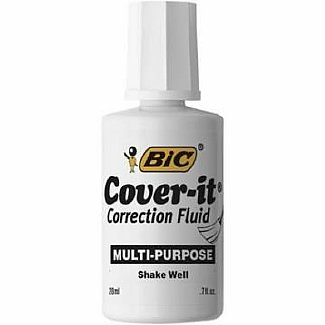
Corrections fluid works great for filling in the stamped numbers.
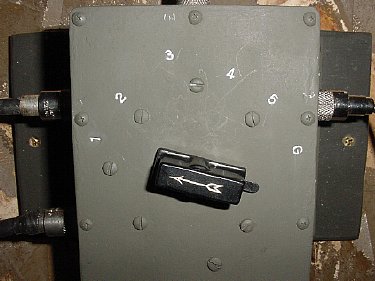
Stamped numbers filled in with correction fluid. There is a "G" Ground Position on this switch.